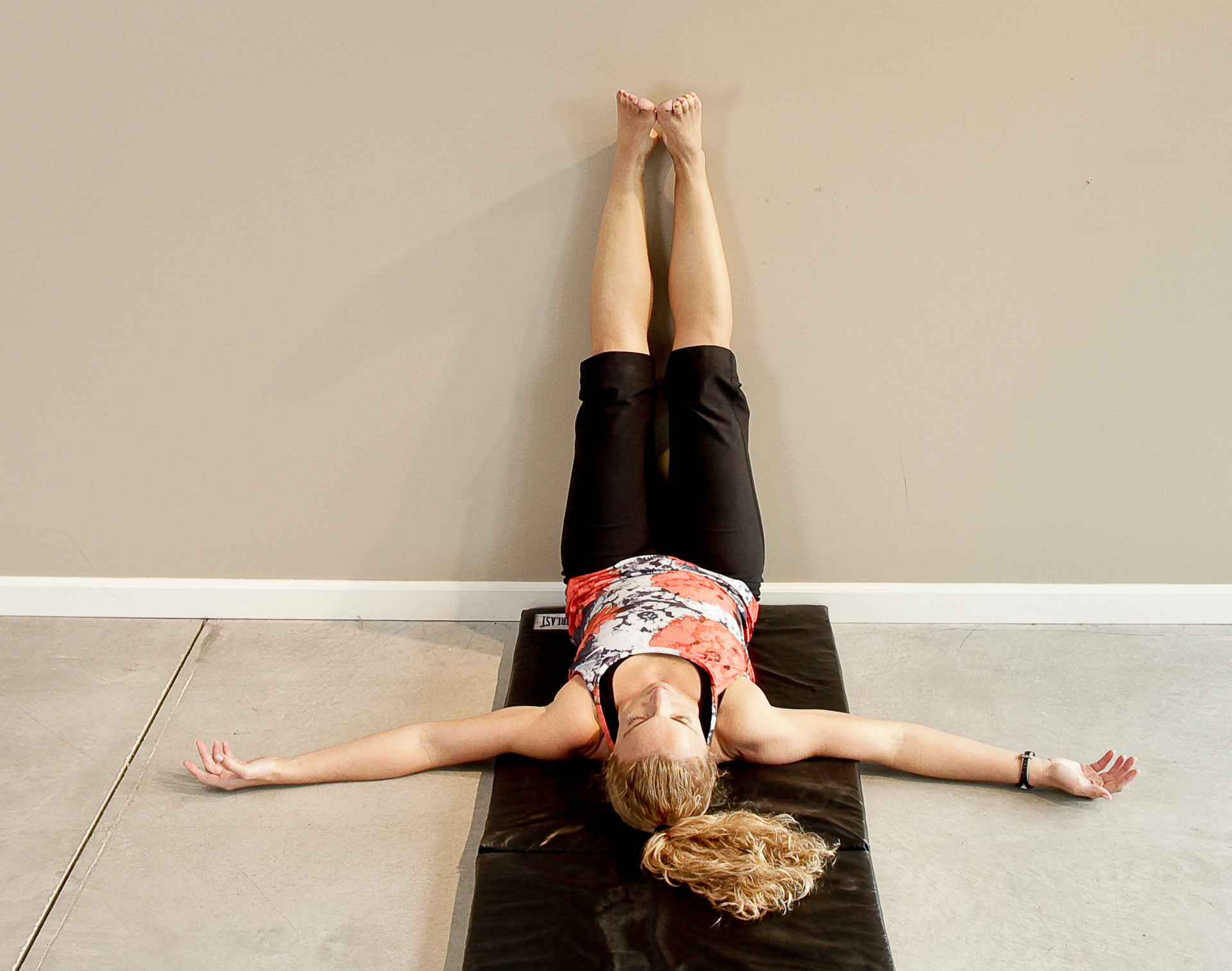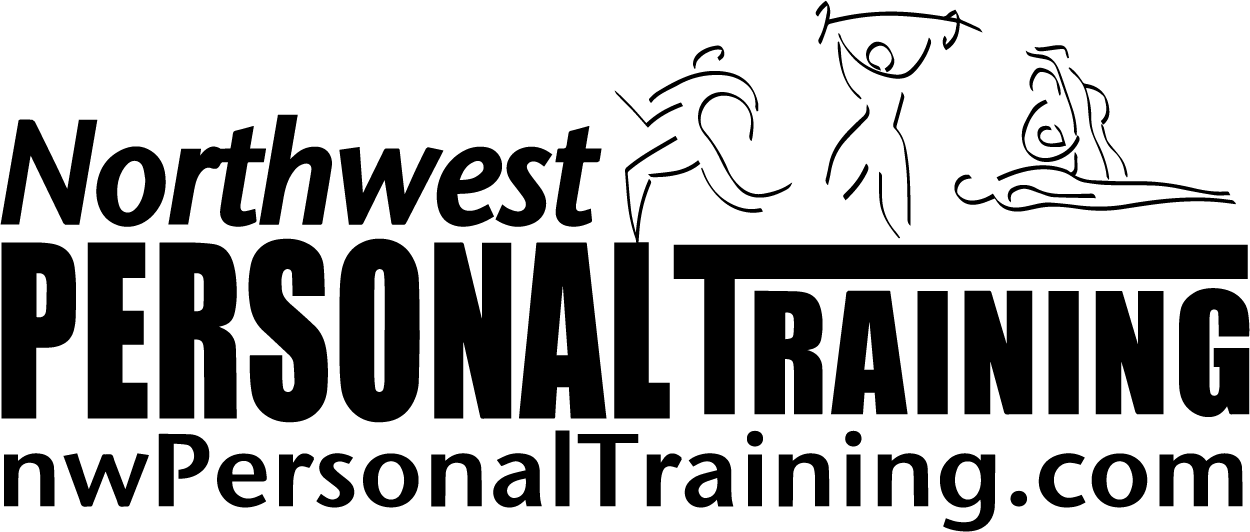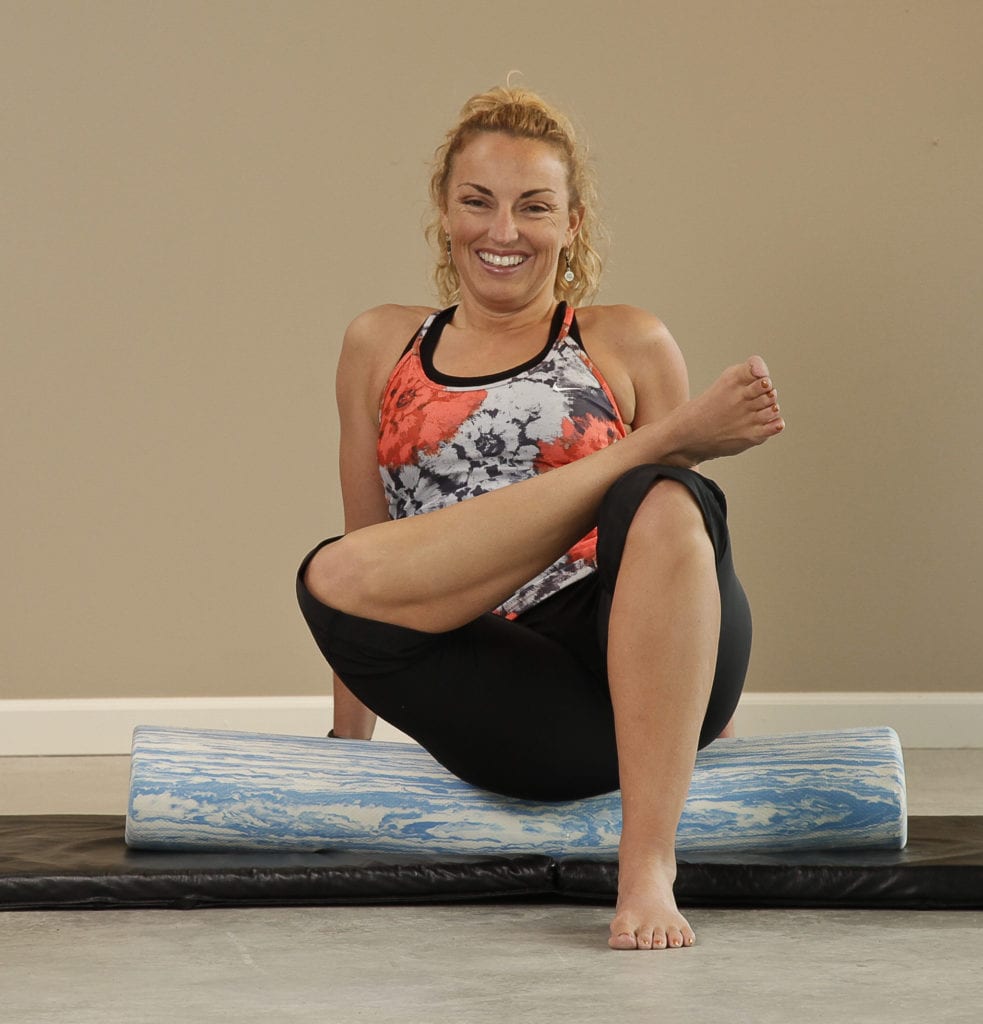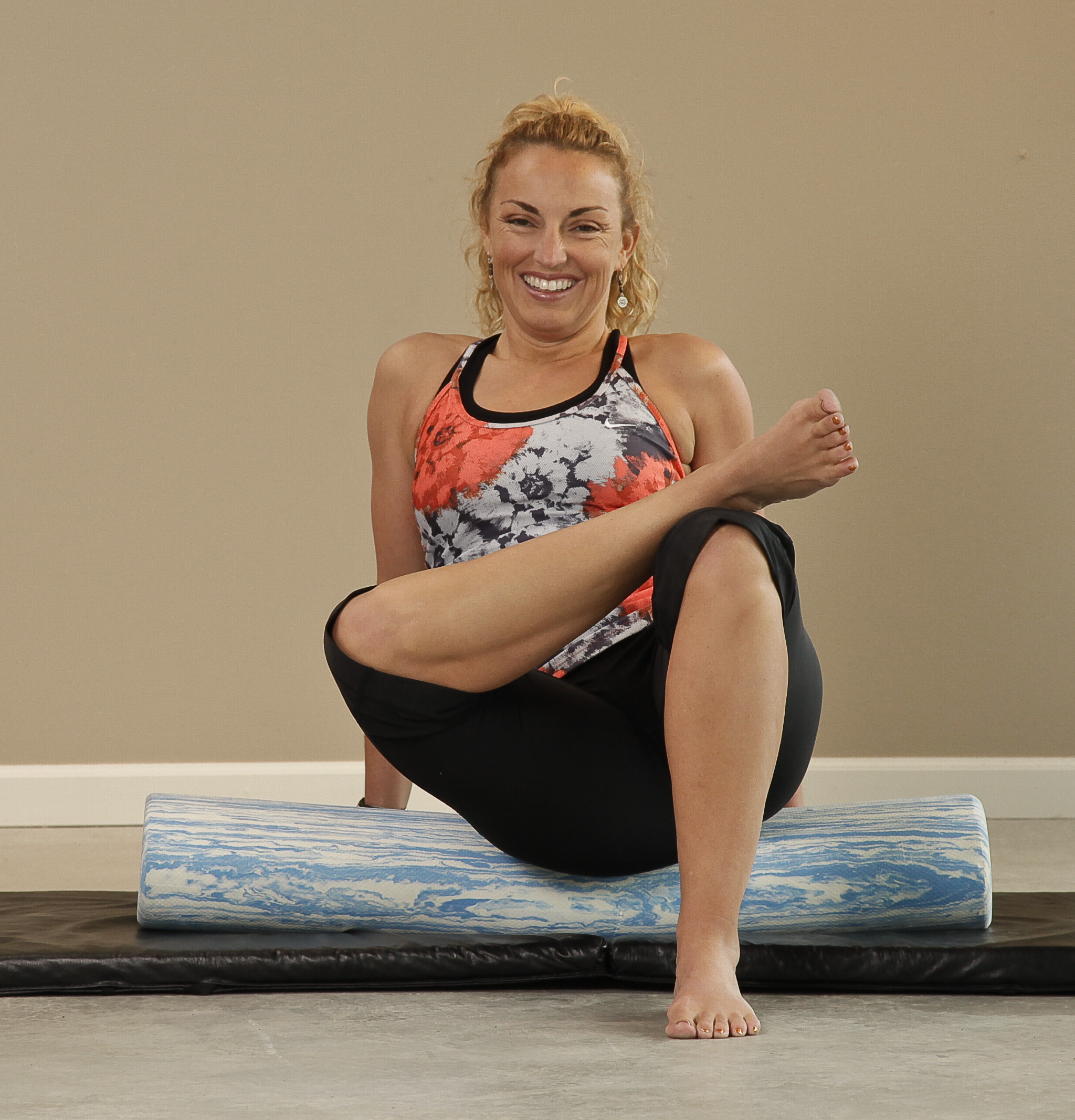Releasing Muscle Aches and Pains
About a week ago we had a couple thousand gals participate in the Girlfriends Half Marathon to benefit the Susan G. Komen for a Cure and the KearneyBreastCenter. So we’ve got a number of ladies feeling a little stiff, myself included! I thought this would be a perfect opportunity to discuss different techniques I use when I’m feeling sore.
Prevention:
The best way to treat extreme muscle soreness is to prevent it in the first place. You’ll experience the greatest amount of stiffness when you are doing something new and/or at a higher intensity than you’re used to. So if you ease into any new activities and make sure you train and progress correctly, you should minimize the amount of soreness you experience.
Cold treatment, elevation and anti-inflammatories:
 We experience stiffness due to the body’s inflammation response. If you’ve done a little too much, your body will send blood flow and nutrients to the affected area to help heal the tissues. The problem is typically the body overcompensates and you get too much fluid in the area causing pressure and pain. So whatever you can do to decrease the inflammation response will help with the amount of associated pain. Ice or cold treatment will constrict the blood vessels slowing down blood flow to the area and therefore decreasing the inflammation response. Some athletes will sit in an ice bath or cold river, or hose down their affected muscles with cold water or just use ice packs. Elevating the affected areas ie your legs will also decrease the blood flow and the inflammation response. While others will use ibuprofen or a topical anti-inflammatory like Traumeel or Arnica.
We experience stiffness due to the body’s inflammation response. If you’ve done a little too much, your body will send blood flow and nutrients to the affected area to help heal the tissues. The problem is typically the body overcompensates and you get too much fluid in the area causing pressure and pain. So whatever you can do to decrease the inflammation response will help with the amount of associated pain. Ice or cold treatment will constrict the blood vessels slowing down blood flow to the area and therefore decreasing the inflammation response. Some athletes will sit in an ice bath or cold river, or hose down their affected muscles with cold water or just use ice packs. Elevating the affected areas ie your legs will also decrease the blood flow and the inflammation response. While others will use ibuprofen or a topical anti-inflammatory like Traumeel or Arnica.
Move that Body:
When you are stiff, the last thing you want to do is move. But if you sit around, you actually get stiffer. So it’s better to get moving and help flush some of those fluids out of the tissues. But just make it easy like a gentle walk or bike ride and that should do the trick.
Massage:
Book an appointment with a therapist that can do some reflexology, acupressure or cupping techniques to help release some of the tissues.
Foam Rolling:
A perfect way to help release tight areas for runners and athletes of all kinds! You can purchase a foam roller for about $25 – and every runner/athlete should have one! We are actually hosting a FREE workshop on Tuesday October 22nd at 7pm at our training studio. Call 360.574.7292 to reserve your spot.
General Guidelines for Foam Rolling:
- Perform the techniques as listed below. Once you roll over a tight area, stop rolling and rest on that area for 20-30 seconds (resting will help reduce the muscular tension and pain). Hold to the point of tolerance. It may feel uncomfortable – like a really deep massage – but you should not experience any sharp pain.
- Roll over the entire area for about 1-2 minutes each side and avoid bouncing.
- Do not hold your breath.
- Maintain proper posture and contract your abdominals to help stabilize your low back while rolling.
- Repeat stretches one to three times each side.
- These techniques can be done 1-2 times daily.
Here are my favorite Myofascial Release Techniques:
IT Band:
Lie on the right side supported by the right elbow and maintain head in neutral and ears aligned with shoulders. Place roller under right thigh and place left leg over and in front of the right leg. Roll just below hip joint down to the lateral thigh to the knee.
Piriformis/Glutes:
Sit on full roller and cross right ankle over left knee. Roll on the right hip area while pulling the right knee towards the opposite shoulder to increase the stretch. To massage the glutes, sit on the roller with feet and hands in front of roller. Push roller backwards with buttocks.
Yours in health & fitness,
Sherri McMillan
Like us on Facebook and get FREE instant access to my “Achieving your Personal Best” eVideo – Learn the critical steps to help you lose weight, feel great and live your best life.
Don’t forget to sign up to receive my blog posts in your inbox!
Just enter your name and email in the form up here




